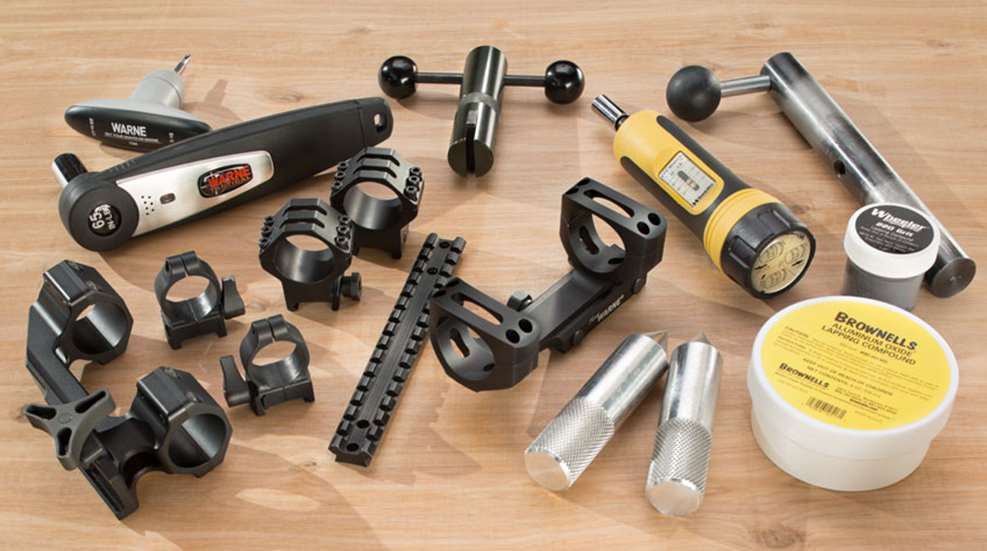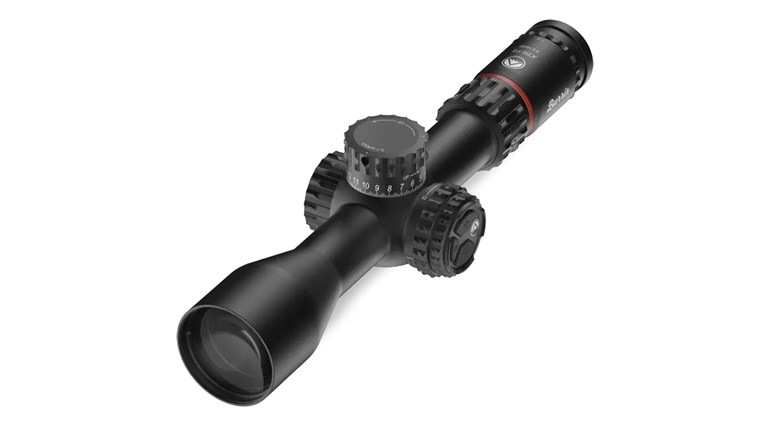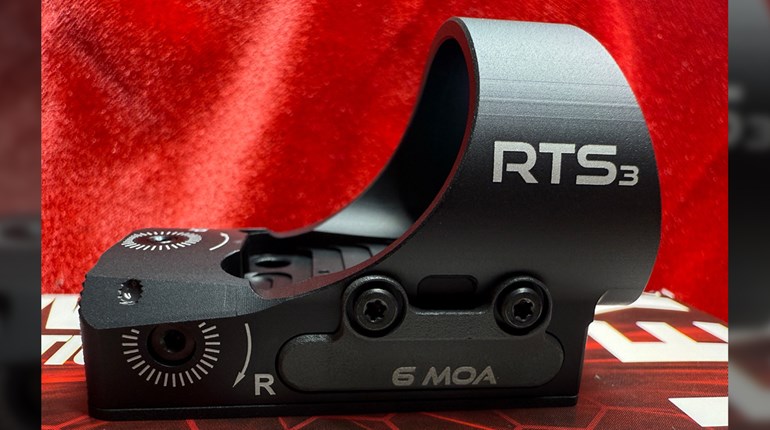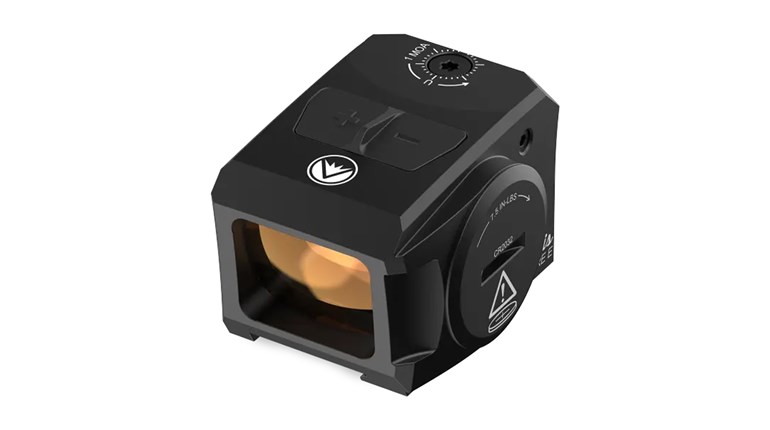
At some point, most rifle shooters will be forced to decide what type of mounting system is best for their magnified optic. Once that rabbit hole has been eased into, it becomes apparent that numerous unseen options are waiting just below the surface. Here are a few of the common scope-mount issues about which I often get questions.
Style Points
The two main choices for riflescope mounting are individual- (or split-) ring pairs or solid-base units with integral rings. Split rings give you more flexibility with regard to a scope’s lateral placement, since they can be moved along the main tube and receiver rail individually. Split rings are also lighter and usually cost less. Solid base mounts tie you to a set spacing, so you have to ensure the scope you are mounting will work with that design. Some manufacturers offer one-piece mounts that are made specifically for common scope models and other makers keep things generic. Older-style Weaver mounting rails may not have the right slot spacing for modern one-piece mounts, so check that before spending a chunk of money on a base. One-piece mounts are far more rigid and reduce the amount of flex the scope has to withstand as the receiver tries to double back on itself during recoil, so they are a good option if you shoot a heavy-hitting cartridge, or will subject the rifle to hard use. Most solid units are a bit simpler to install and have better options for slope, which I will address momentarily.
Attachment Method
Picatinny (aka MIL-STD-1913) rail is by far the most-popular optic-mounting surface today, but Weaver-style rails are still in abundance on older rifles. Half-inch hex nuts were once the norm for attaching the mount, but quick-detach (QD) levers have since become quite popular. The latter came into prominence in part to facilitate quick access to backup sights (BUS) in the event of a scope failure. But the available variety of good 45-degree-offset BUS is swinging the pendulum back toward hex nuts for maximum mount stability. So long as they are properly torqued, usually to 65 inch-pounds, my experience has been that .5-inch hex nuts stay tight until you remove them.
The various QD-lever systems now available are mostly superior to the designs of the ’90s. In those days, we had to wire-tie our levers to keep them closed during hard use. I have had excellent results using QD-lever mounts from American Defense Manufacturing. The company's Recon series one-piece bases are available in multiple ring sizes, are lightened where possible and cost a fair bit less than high-end—and often inferior—scope mounts. Split rings and a small number of one-piece mounts can also be found with recessed, machine-head screws that secure them to receiver rails. These through-bolts shave weight and reduce snag points, but require care to prevent stripping or snapping when applying too much torque.
Slope
Sloped or canted mounts are needed when optics zeroed for closer ranges (such as 100 yards) will be used for long-range shooting (approximately 700 yards and beyond), on which elevation corrections will be dialed and that are used in conjunction with projectiles that need significant elevation corrections for distant targets. When a magnified scope is zeroed, the erector assembly inside the scope’s tube is adjusted in some combination of up, down, left and right. The amount of elevation and windage available for adjustment depends on the size of the scope’s tube and the design of the internal mechanism. If zeroing uses up a bunch of that adjustment range, you may suddenly find yourself out of elevation, but not out of things to shoot in the distance. A sloped mount changes the scope’s internal zero position, giving you more elevation travel to dial in corrections for those long shots. The most common slope amount is 20 MOA, but other gradients are available, as well.
Lapping
I get the “To lap or not to lap” question quite a bit. My answer is that anytime a precision optic is mounted in split rings or in a one-piece base that was not made from a solid piece of billet, it is a good idea to check alignment and lap if necessary. I check most mounts that come across my bench and, fortunately, few need to be lapped these days. But when they do, lapping will reduce the amount of stress and warping induced on a scope’s main tube. I no longer feel the need to check alignment on Geissele Automatics’ Super Precision Mounts altogether. These once-piece units—including the top halves of the rings—are machined from solid billet aluminum and I have never been able to detect any misalignment when checking with alignment rods under high magnification. Be sure to clean all lapping compound out of the rings and any screw holes prior to mounting your optic. Mineral spirits work well to cut through the residue left over from lapping.
Materials
There was a time when precision-rifle shooters had two choices: inexpensive aluminum rings made for light-duty hunting, and expensive, heavy-duty steel rings and mounts for everything else. That has changed for the better. Today you have to go looking for steel mounts and other than a small number made for specialty optics, I do not see much appeal in carrying the extra weight. Modern aluminum rings and mounts from reputable companies hold up well to years of abuse. I recommend mounts that use a minimum of four screws per ring top (two on each side) to ensure nothing comes loose at the wrong time. Six screws per ring are even better, especially for rifles with significant recoil.
The scope-mount market definitely favors the buyer these days. A good set of rings or solid mount can be had for less than $100 and even premium mounts are an affordable investment. Think of the mounting system as the bridge between rifle and optic, helping each to do its job and keeping you on target—because that is exactly what it is.






































